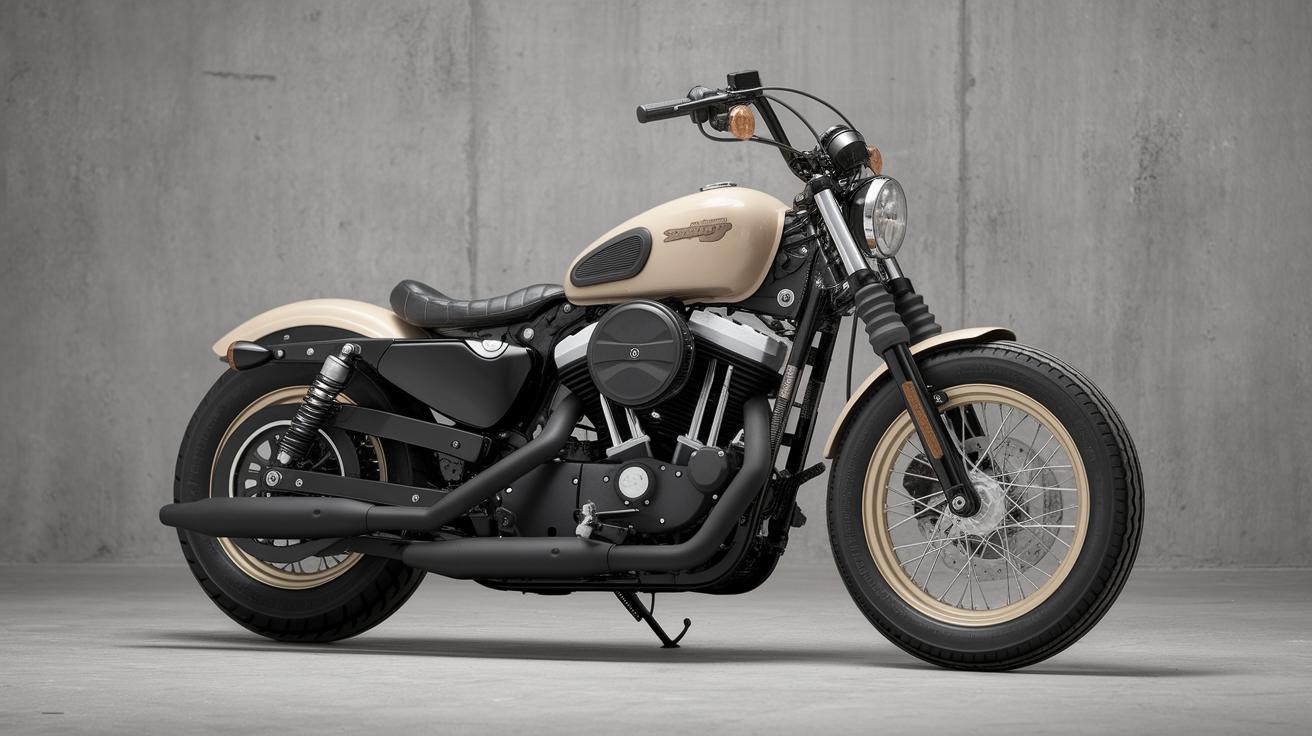How to Store Motorcycle Tires During the Off-Season
When the riding season winds to a close and the chill of winter sets in, it’s vital to store your motorcycle properly to ensure it’s in peak condition for the new season. Proper motorcycle storage, particularly tire care, is essential to maintain performance and longevity. This comprehensive guide will walk you through the necessary steps to prepare your motorcycle for the off-season. From cleaning and mechanical checks like oil changes and battery maintenance, to ensuring that your tires and exhaust pipe are well cared for, this guide covers all you need for effective off-season storage. Learn these essential tips and tricks to protect your valuable ride through the months of rest.
HOW TO PREPARE
The first step to ensuring your bike stays in top shape is to develop a systematic approach to off-season preparation. This involves assessing what needs maintenance and what can wait until spring. Creating a checklist might help you stay organized and ensure that no step is overlooked.
By starting your preparations early, you’ll have ample time to undertake each task meticulously. Remember, each component of your motorcycle needs individual care, but most importantly, focus on those that are directly exposed to the elements such as tires, battery, and external surfaces.
YOUR MOTORCYCLE FOR THE OFF-SEASON
Storing a motorcycle involves more than just parking it in the garage and waiting until spring. Consider the changes in temperature and how they can affect various elements like fuel, oil, and rubber. Each element demands attention to prevent corrosion, flat spots, and wear.
A proactive approach will mitigate issues arising from inactivity and fluctuating temperatures. Regularly checking on your stored motorcycle and its environment is also advisable, as it helps to catch potential problems before they escalate.
Cleaning the bike
Before storing, give your motorcycle a thorough cleaning. Removing dirt, grime, and road salt is essential to prevent corrosive damage. Pay attention to difficult-to-reach areas where moisture might collect and lead to rust.
After cleaning, consider applying a layer of wax to all painted surfaces. This wax will act as a protective layer, reducing the risk of oxidation, and maintaining the bike’s aesthetic appeal over time.
Oil change
An oil change before storage is crucial, as used oil contains impurities and acids that can damage engine components over time. Fresh oil ensures that these harmful elements don’t rest within your engine.
Similarly, check the oil level to ensure it is full, preventing moisture from getting inside. Consider using a high-quality oil that offers added protection for extended periods of inactivity.
Gas tank level
Fill your gas tank completely to prevent moisture from accumulating inside it. This precaution helps protect the metal and seals from rust and corrosion due to exposure to moisture.
Adding a fuel stabilizer is also advised to maintain fuel quality through the off-season. Follow the instructions on the stabilizer container to ensure effective mixing.
Tire pressure
Tires are particularly vulnerable during storage. Ensure that they are inflated to the recommended pressure to avoid flat spots. A tire with the correct pressure maintains its shape and integrity better over time.
For prolonged storage, you might consider placing your motorcycle on stands. This action relieves the weight, preserving the tire shape and preventing structural damage.
Battery
Removing the battery and storing it in a dry, warm place extends its life. Consider attaching it to a trickle charger to maintain charge, ensuring readiness when the new season arrives.
If you’re worried about losing settings, such as clock time or tuning, consider marking the position of the terminals and write down any settings you might need to re-program upon reinstalling.
Exhaust pipe
The exhaust pipe can be a potential entry point for moisture and critters. Block the opening with a rag or specially designed plug to prevent rust or unwanted intruders.
You can also consider adding a few drops of anti-moisture solution to the exhaust pipe. This prevents condensation and rust during damp conditions.
Storage space
Choose an appropriate space for storing your motorcycle, preferably indoors where it is shielded from the elements. A garage or a dedicated motorcycle storage unit can provide ample protection.
Ensure the storage space is dry and has a consistent temperature to minimize environmental stress. Using desiccants within your storage area can further reduce moisture levels.
Motorcycle cover
The final step in storage preparation is covering your motorcycle with a proper cover. Opt for a breathable material to prevent moisture buildup underneath the cover.
Avoid plastic covers as they trap moisture and can lead to rust. Instead, choose a cover specifically designed for motorcycles that can protect against dust and accidental scrapes.
Lessons Learned
| Maintenance Task | Key Points |
|---|---|
| Cleaning the Bike | Thorough cleaning and wax application to prevent corrosion. |
| Oil Change | Use fresh oil to avoid component damage from impurities. |
| Gas Tank Level | Fill tank and add stabilizer to prevent moisture accumulation. |
| Tire Pressure | Inflate to recommended pressure to prevent flat spots. |
| Battery | Remove and charge with a trickle charger for longevity. |
| Exhaust Pipe | Block opening and use anti-moisture solutions to prevent rust. |
| Storage Space | Store in a dry, temperature-stable environment. |
| Motorcycle Cover | Use a breathable cover to avoid moisture trap. |

Laisser un commentaire